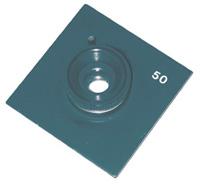The Darkroom
Sort By: Post Date TitlePublish Date
|
Apr 01, 2003
|
Feb 01, 2002
|
Apr 01, 2001
|
Feb 01, 2001
|
Jan 01, 2001










